The Second Industrial Revolution was another big step forward in technology and society.
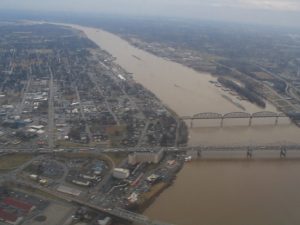
image source: https://search.creativecommons.org/photos/535fbeb6-f7b5-4c3d-81c9-42a9d96c49ff by Ken Lund
While the First Industrial Revolution centered on textile manufacturing and the innovation of the steam engine, the Second Industrial Revolution focused on steel and petroleum production, advances in electricity and communication technologies.
What changed?
It introduced the widespread use of machinery in manufacturing, innovations, and modern organizational methods for managing large-scale companies. It mainly affected Great Britain, Germany, the United States, France, the Netherlands, Italy, and Japan.
To the benefit of this revolution, many new inventions have contributed. Here are the most interesting:
Telegraph
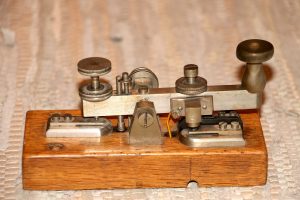
image source: https://en.wikipedia.org/wiki/Second_Industrial_Revolution#/media/File:Morsetaste.jpg
The first submarine telegraph cable across the Atlantic Ocean was installed in 1866, and ten years later, Alexander Graham Bell invented the telephone.
Reinforced Concrete
Concrete became one of the world’s most common building materials thanks to Ernest L. Ransome, an English-born engineer and early innovator of the reinforced concrete techniques.
Transcontinental Railroad
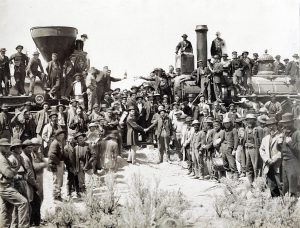
image source: https://en.wikipedia.org/wiki/First_transcontinental_railroad
In 1869, the first transcontinental railroad was completed and was an important milestone for the United State as it allowed the transportation of goods, people, and raw materials nationwide.
Telephone
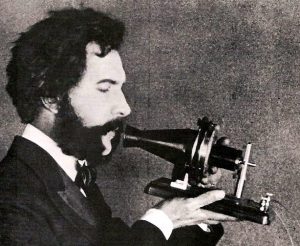
An important contribution was the telephone, invented by Alexander Graham Bell in 1876. This allowed people to communicate around the world rather than having to travel for days or wait for a letter.
Light Bulb
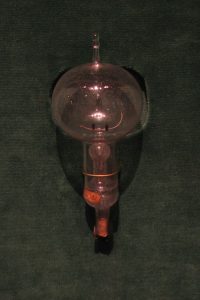
image source: https://en.wikipedia.org/wiki/Edison_light_bulb#/media/File:Edison_Carbon_Bulb.jpg
In 1879, Thomas Edison invented the light bulb allows us to do almost anything at night. In particular, people could work not only all day but also at night.
Gasoline Engine
In 1886, the German scientist Gottlieb Daimler devised an internal combustion engine powered by gasoline and capable of powering a small vehicle.
Radio
In 1896, the Italian inventor Guglielmo Marconi sent and received radio signals based on the Morse code at distances of about 4 miles. The same year, Marconi obtained the first wireless telegraphy patent in England.
Coil
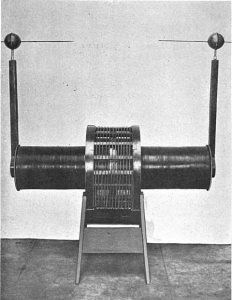
image source: https://commons.wikimedia.org/wiki/File:Bipolar_Tesla_transformer_1908.jpg
In 1897, Serbian-American Nikola Tesla invented the induction coil or Tesla coil, a device essential to sending and receiving radio waves, and applied for his first patents in radio work in the United States.
Ariplane
Another amazing invention was in 1903 when the Wright brothers had their first powered piloted plane flight. Now that it was possible to fly, it seemed as though everything was possible.
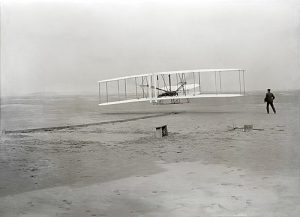
image source: https://en.wikipedia.org/wiki/Wright_brothers#/media/File:Wright_First_Flight_1903Dec17_(full_restore_115).jpg
Info source: https://en.wikipedia.org/wiki/Second_Industrial_Revolution
